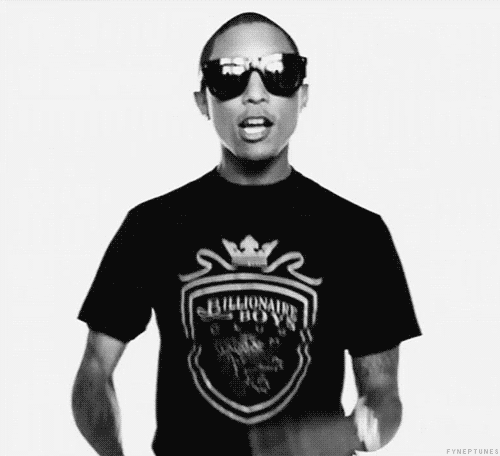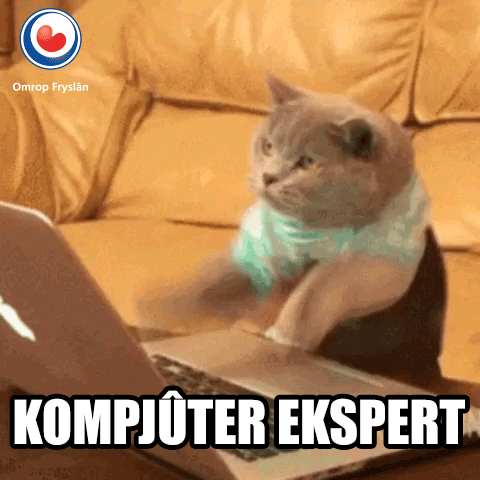design
Participants at Usability Tests
Our designer writes about common personalities of participants that you might come across in usability tests. This is not an exhaustive list but I am sure it will come in handy.
Karthik Kamalakannan / 13 April, 2018

As a user experience designer you strive to empathize with the users, get into their shoes and think like them. To make this easier you have conversations with them to understand their mental model, their pain points, the things they like and don't. Although these conversations have a rough direction that you want to take, it is more likely that it is going to take an organic turn. When you conduct a usability test or user interviews, each of your participants are complex creatures with personalities, nuances and characteristics of their own. These are going to pose as barriers in your process. You have to get past all these barriers to make useful observations and get feedback that will be beneficial to the product and the business.
From the user interviews and usability tests that we carried out at EDC, I have observed a few different kinds of participants. I have grouped them broadly to make it easier to deal with. The type of participants are not limited to the ones mentioned below.
Gloat-er

This person assumes that he is being very helpful by giving us an insight into his life. He talks a LOT about himself, his work, his achievements, his laurels and a lot more. About. Himself. He is oblivious to the fact that all this information about him does not add value to the usability test. He fails to comprehend that this test is to observe his behavior with the product and not him in isolation. This happens sometimes because of the statement 'think aloud' that we as experience designers use during usability tests and mostly because that is just his personality. He probably has no one to talk to and uses this opportunity to have a conversation with other humans (as opposed to his cat) to make himself feel valued and better.
Float-er

This person get carried away in conversations. One minute he is talking about a button in the prototype given to him and the other minute he is talking about his online purchases he did last week. He talks about the weather, his cats(or, hamster), his next door neighbor etc. and has no clue he is doing it. He has a lot of useful feedback to give but you have to fish it out from all the world stories he has got to say. As long as you keep him on track you are in for some useful observations.
Spot-light

This person has probably done a ton of these usability tests or user interviews before. He probably collects all the gift cards he gets in these sessions and enjoys a free pizza now and then. He knows exactly how this is done. He cooperates, he is to the point and makes your job so much easier. The only drawback (a big one at that) with this guy is that, because he knows this process way to well, he might skip few details which might not matter as much to him but will make a world of a difference to your product and the business.
Non-tech

He is a hard nut to crack. Patience is key here. He is lost and does not understand what is going on, but if directed properly there is potential to get a lot of useful feedback from the point of view of a novice user. This will work only if that is the kind of market you are going after. If not, this is just a waste of his time and yours and this kind of participant should be screened out during recruitment.
Question Bank

He has a lot of questions for you. He will ask you about everything from the task in hand to the store you got the blinds from. He is curious, inquisitive and a bundle of energy. He wants more that just a gift card or a free pizza. He wants answers to all his questions. If you can read between the lines to understand the stem of his questions related to the product, you might be able to uncover some useful feedback and use it to your benefit.
The key to dealing with these kind of participants is to steer conversations in a way that would bring the participant back on track and to the point. You don't want to be rude and cut them short, instead you want them to feel valued and their input valid. How do you deal with these different type of participants, you may ask. That is for the another article.
Last updated: January 23rd, 2024 at 1:50:36 PM GMT+0
